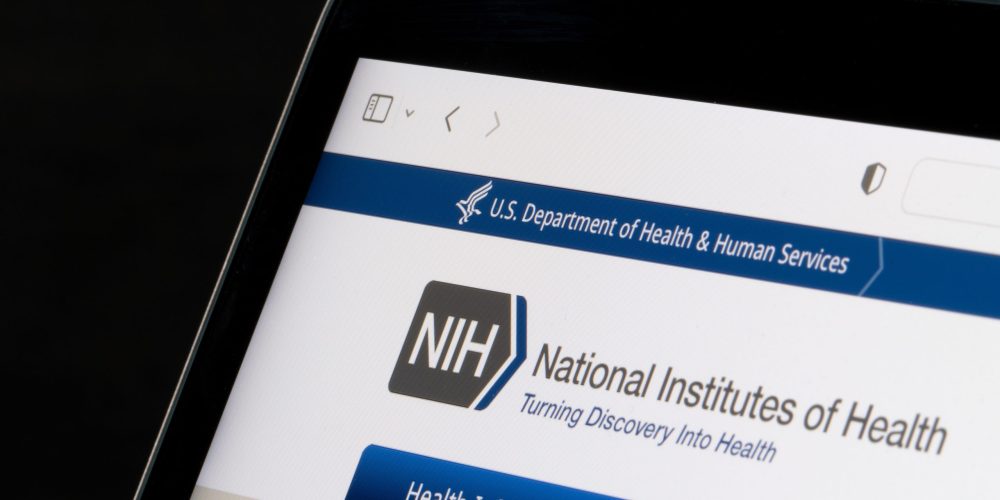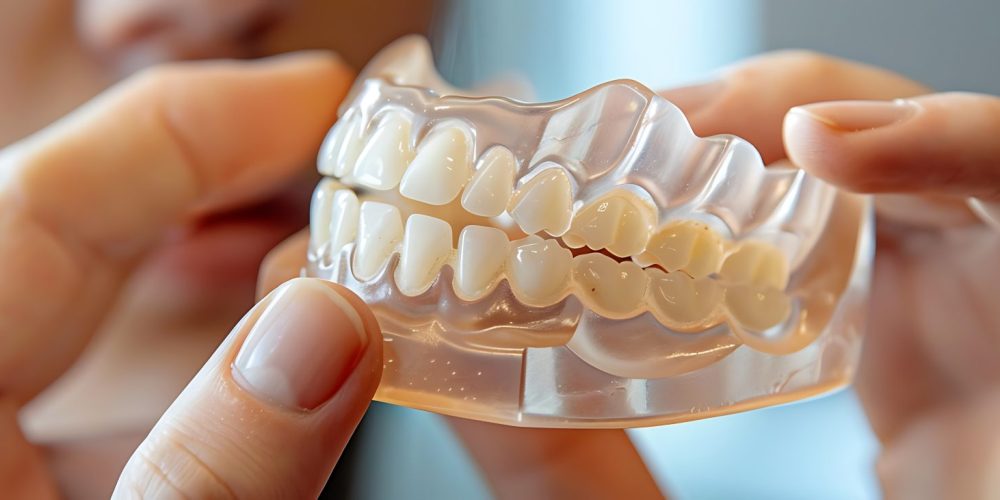Check out the 2024 Publications Highlights from the National Dental PBRN for valuable insights on antibiotic prescribing, restoration longevity, mental health screenings, and more in dentistry.
Landmark JADA study supports National Dental PBRN member pain management practices

A recently published study in The Journal of the American Dental Association (JADA), with primary author and our Network member Dr. Cecile Feldman, investigated pain management following third molar extractions. Previous recommendations by professional organizations and government agencies to limit opioid prescriptions for post-operative pain have been based on limited evidence. This large, pragmatic randomized clinical trial, the “Opioid Analgesic Reduction Study,” compared a non-opioid approach to an opioid regimen for post-operative pain control, providing further support for reducing routine opioid prescriptions in dentistry.
The Opioid Analgesic Reduction Study
Participants: The study involved 1,815 adults who were scheduled to undergo impacted mandibular third molar extractions. Participants were recruited from outpatient clinics at University of Illinois at Chicago, University of Maryland, University of Michigan, University of Rochester, and Rutgers University.
Interventions: Participants were randomized to receive either:
Non-opioid group: 400 mg ibuprofen and 500 mg acetaminophen in one brown and one white capsule, respectively.
Opioid group: 5 mg hydrocodone with 300 mg acetaminophen in one brown capsule and a placebo in one white capsule, respectively.
Participants were instructed to take one brown and one white capsule of their assigned medication every 4-6 hours as needed for pain, not exceeding 6 doses in a 24-hour period.
Primary outcomes: The primary outcomes assessed were pain experience and participant satisfaction with the medication they received. Pain experience was measured using a composite pain rating derived from the Brief Pain Inventory, which averaged worst, least, average, and current pain levels reported by participants in electronic diaries.
Key findings from the study
Pain relief: Participants in the non-opioid group reported significantly less pain during the first two days after surgery compared to those in the opioid group. Specifically, the mean difference in pain scores (on a scale of 0-10) was -0.70 (95% CI, -0.94 to -0.45; P < .001) for the first day and night, and -0.28 (95% CI, -0.52 to -0.04; P = .015) for the second day and night. There was no significant difference in pain between the two groups over the entire postoperative period.
Patient satisfaction: The non-opioid group reported higher overall satisfaction at the postoperative visit (85.3% extremely satisfied or satisfied vs 78.9%; 95% CI, 1.21 to 1.98; P = .006).
Quick Poll Results: Pain Management in Practice
These findings support the trend observed in our Network’s Quick Poll on pain management guidelines. The poll indicated that the majority of dental practitioners are already implementing these recommended strategies. Here are some key takeaways from the poll:
- Awareness of guideline content: The vast majority of respondents (97.2%) were aware that NSAIDs and acetaminophen are the preferred first-line treatments for acute dental pain.
- Opioid Prescribing Practices: 85% of practitioners knew that opioids should only be prescribed after non-opioid options have failed, and 84% were aware of the three-day maximum prescription duration.
- Implementation of Guidelines: The majority of practitioners reported that they are following the new guidelines in their practice, indicating a positive shift towards safer pain management protocols.
Bridging Research and Practice
The “Opioid Analgesic Reduction Study” confirms that a combination of ibuprofen and acetaminophen is more effective for short-term pain management and leads to greater patient satisfaction compared to hydrocodone with acetaminophen. The authors suggest that routine opioid prescribing after dental surgery is not necessary and their results align with the American Dental Association’s recommendations that ibuprofen and acetaminophen in combination should be the first-line therapy for acute pain management.
The alignment between the study’s findings and our Quick Poll results is also encouraging. It demonstrates that dental practitioners are not only aware of the new pain management guidelines but are also actively incorporating them into their practice, reducing reliance on opioids and enhancing patient safety.
For more information on the new pain management guidelines read our Quick Poll Results on Pain Management Guidelines.
Interested in Becoming a Member?
Reference
Feldman CA, Fredericks-Younger J, Desjardins PJ, Malmstrom H, Miloro M, Warburton G, Ward BB, Ziccardi VB, Greenberg P, Andrews T, Matheson PB, Benoliel R, Fine DH, Lu SE. Nonopioid vs opioid analgesics after impacted third-molar extractions: The Opioid Analgesic Reduction Study randomized clinical trial. J Am Dent Assoc. 2025 Feb;156(2):110-123.e9. doi: 10.1016/j.adaj.2024.10.014. Epub 2025 Jan 4. PMID: 39755971.



